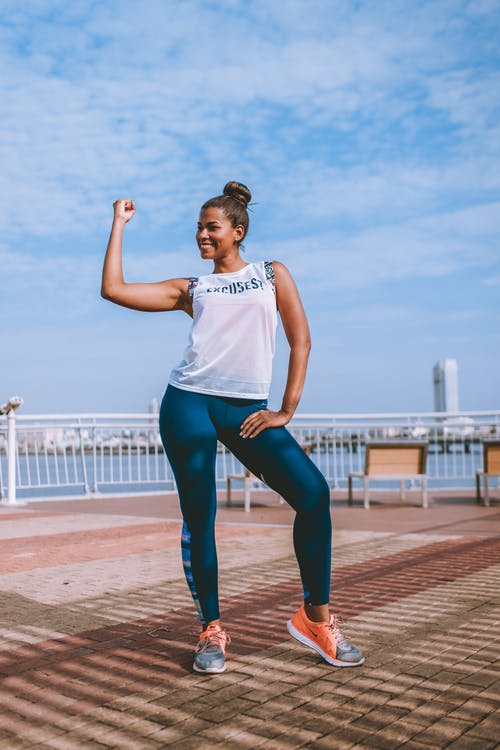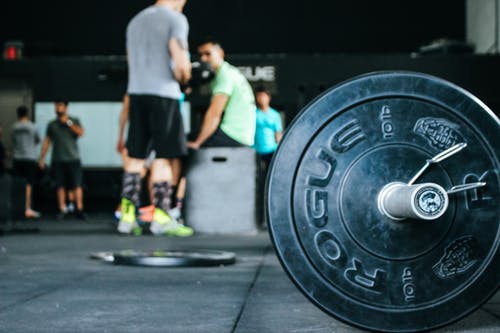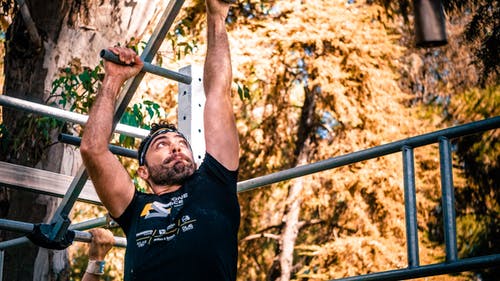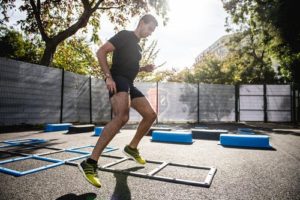Week I – Strength & Conditioning Training

When starting a new training regimen, the most important thing is to develop a safe and consistent routine. Fitness conditioning is best done with short, high-intensity workouts, especially using high weights with low repetitions.
However, weight training should start with a weight that you can comfortably lift without feeling sore the next day. Once you know your baseline, you can increase the weight with each session.

While a personal trainer can be expensive, it may be useful to hire one for your first session to have them teach you the proper form.
If you decide to start without one, make sure to research the exercises you intend to do, including watching video demonstrations.
When picking exercises, check which muscle groups they cover so you can have a full-body workout.
Some exercises come with specific challenges for beginners. For example, you may lack the upper body strength to do a pull-up. If this is the case, it is acceptable to “cheat” by jumping up with your legs, then using your arms to slowly lower yourself.
Another challenge for some beginners is abdominal exercise. If you are unable to do a sit-up at first, consider trying the Russian twist.
This exercise is doesn’t require fighting gravity as much and has the added benefit of enforcing a symmetrical workout.

The barbell bench press is an iconic exercise, but the dumbbell version is a better option for starting out. Without the bar, you don’t have to deal with the safety concern of having a spotter, and having to move each arm independently activates more muscles while also making any imbalances obvious.
Focusing on strength and fitness conditioning in your workout routine is a great way to improve the health and appearance of your body.
It’s suitable for everyone from experienced athletes to total beginners.









